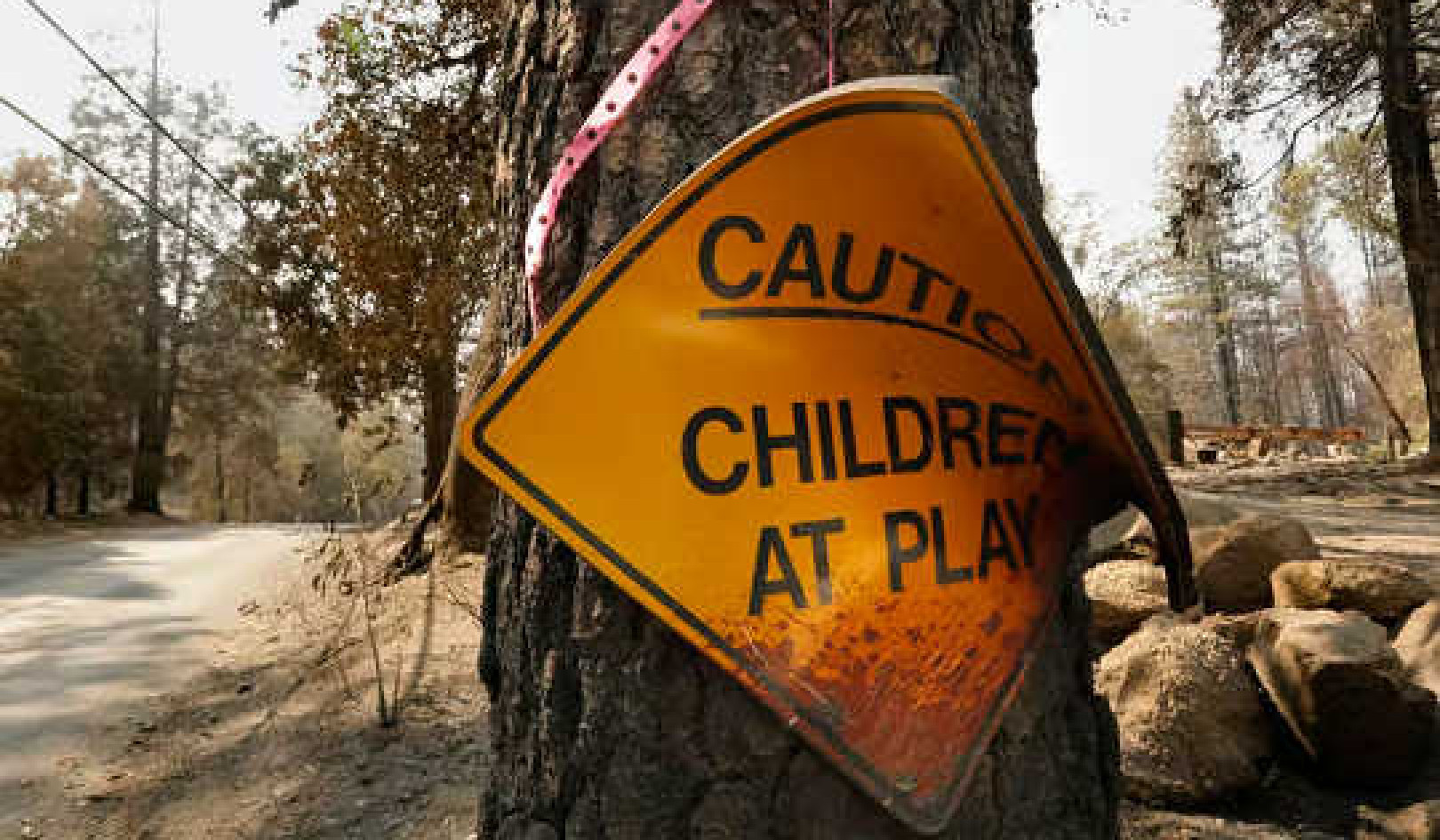
Illustration by Erin Dunn.
Ensia invited eight global thought leaders to share their vision for the environment as it relates to business, culture, ecosystems, energy, food, health, water and the world (see more). In this installment, Sandra Postel, director of the Global Water Policy Project, answers the question, “what advance related to water would you most like to see?”
It’s often said that water will be to the 21st century what oil was to the 20th century. But this sentiment vastly understates water’s importance. Water is not just an essential “input” to our economic activities, it is the basis of life on the planet. And there are no substitutes for it.
Water left in its place in nature services our economies in numerous ways, although we rarely place a market value on those services. Healthy rivers, floodplains and watersheds purify and store water, mitigate floods and droughts, and provide habitats for numerous species of fish, birds and wildlife. In North America, the Colorado River Basin supports a US$26 billion per year recreation economy that depends not on diverting water out of rivers, but on keeping it flowing in rivers.
I hope to see more firm commitments — through policy and in practice — to restore life-giving flows to depleted rivers, wetlands and other freshwater ecosystems. Such commitments unlock the vast potential to use and manage water more productively and to increase the value of water.
The binational agreement signed in late 2012 between Mexico and the United States to restore flows to the desiccated Colorado River delta was a groundbreaking achievement of this kind. It called for a five-year experiment — including a “pulse flow” through the delta, which occurred during the spring of 2014, along with sustaining base flows — to restore pockets of native habitat for birds and wildlife. The restoration involves less than 1 percent of the Colorado’s historic flow, but is yielding tangible ecological benefits.
On the heels of Australia’s Millennium Drought, during which many beloved rivers and wetlands dried up, the nation is taking bold action in the Murray-Darling River Basin to rebalance the allocation of water between economic and environmental purposes. The government is investing on the order of AU$12 billion to buy water entitlements from willing sellers and to invest in irrigation efficiency and infrastructure improvements. By reducing water allocations by a volume equivalent to 12 percent of the Murray River’s historic flow, the basin’s water authority is boosting the productivity and value of water and securing water for the environment.
If we get smarter about how we use and manage water, and apply the best of our technologies and ingenuity to that cause, we can have healthy rivers and healthy economies side by side. And as the planet warms and we experience more floods and droughts, strategically rebuilding nature’s infrastructure — rivers, wetlands, floodplains and forested watersheds — will be among the best insurance policies we can buy.
About The Author
This article originally appeared on Ensia![]()
Related Books:
at InnerSelf Market and Amazon
























